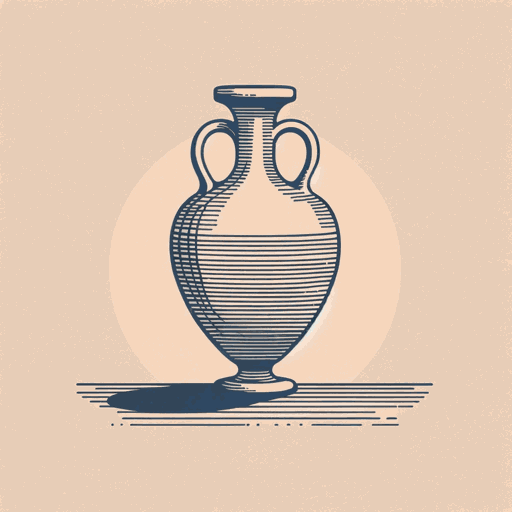43 pages • 1 hour read
EuripidesHecuba
Fiction | Play | Adult | BCEA modern alternative to SparkNotes and CliffsNotes, SuperSummary offers high-quality Study Guides with detailed chapter summaries and analysis of major themes, characters, and more.
Symbols & Motifs
Animal Imagery
Animal imagery is used throughout the play to explore character and human nature. Early in the play, for instance, Polyxena’s weakness and vulnerability are emphasized through comparisons with young animals, including “a little doe, a dappled doe” (90) and “a calf, / […] a while mountain beast’s young” (204-05). When Polymestor is blinded, his savage rage expresses itself in a desire to tear apart and devour the Trojan women “like a raging beast” (1058).
The animal symbolism of the play is most apparent in Polymestor’s prediction at the end of the play that Hecuba will be transformed into “a dog, a bitch with blazing eyes” (1265). This transformation can be interpreted as an allegorical or symbolic manifestation of the degeneration undergone by Hecuba’s character as her lamentations and philosophical speculations give way to an animalistic desire for revenge.
Family and Blood
Family and blood are important motifs that run throughout the play. Hecuba’s suffering stems first and foremost from the loss of her family when Troy fell—and over the course of the play, she loses two more of her children, Polyxena and Polymestor.
The idea that family and one’s blood, or birth, play a part in determining what kind of person they are also plays a key role in the play.
Related Titles
By Euripides
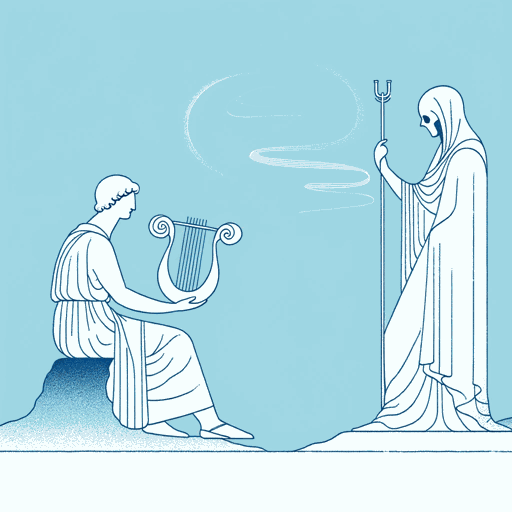
Alcestis
Euripides
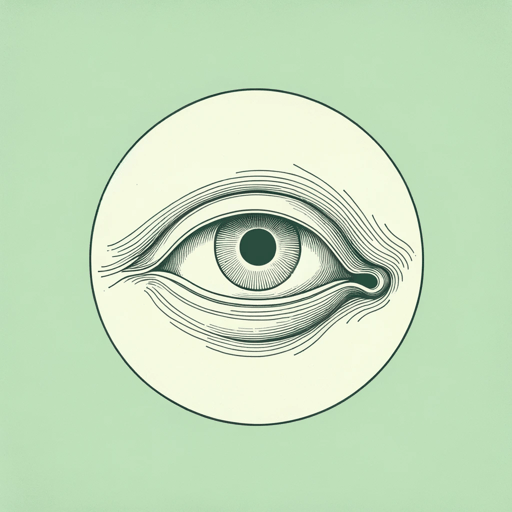
Cyclops
Euripides
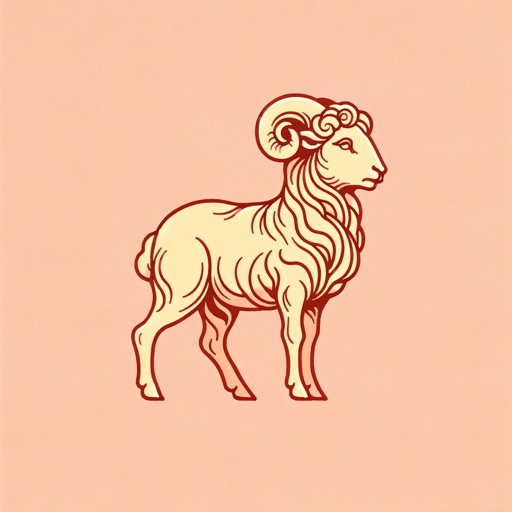
Electra
Euripides

Helen
Euripides
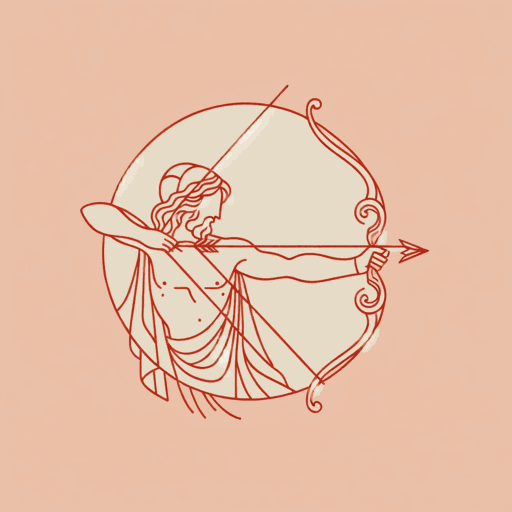
Heracles
Euripides
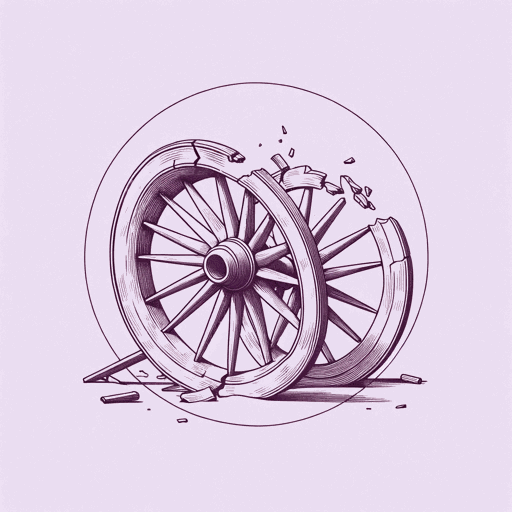
Hippolytus
Euripides

Ion
Ed. John C. Gilbert, Euripides
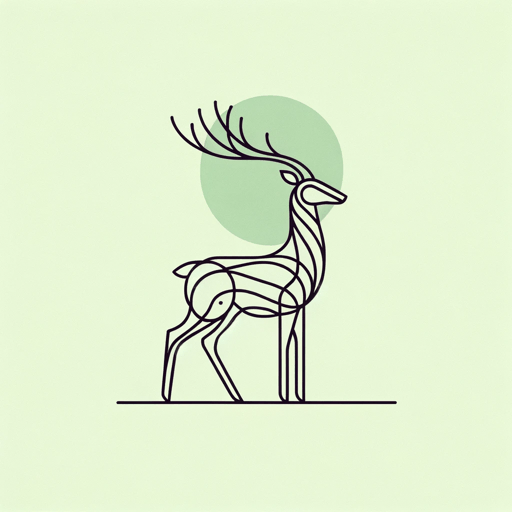
Iphigenia in Aulis
Euripides
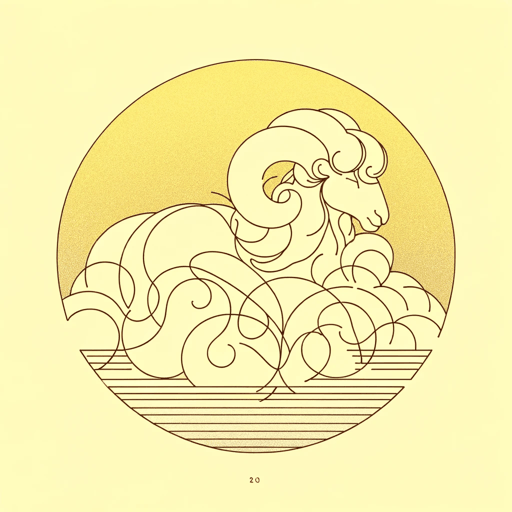
Medea
Euripides
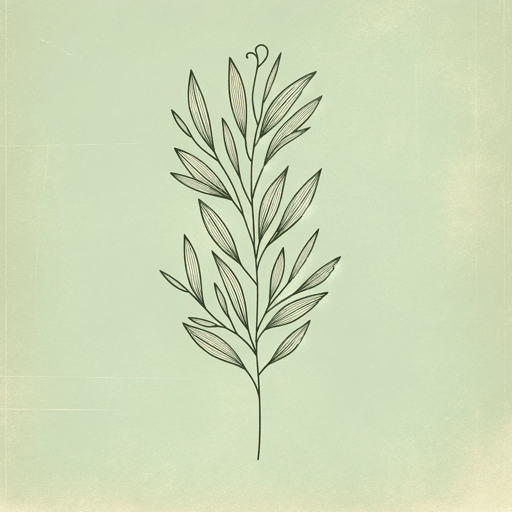
Orestes
Euripides
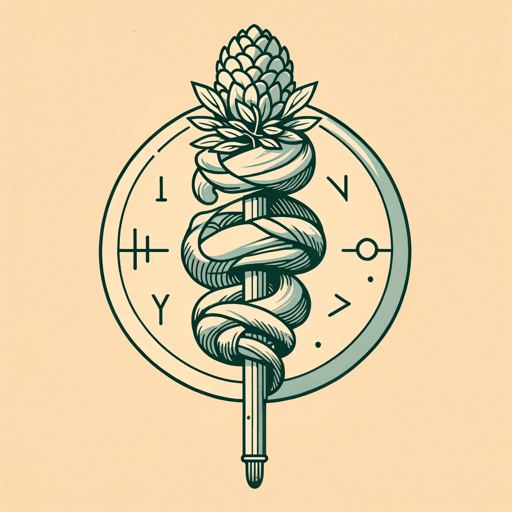
The Bacchae
Euripides
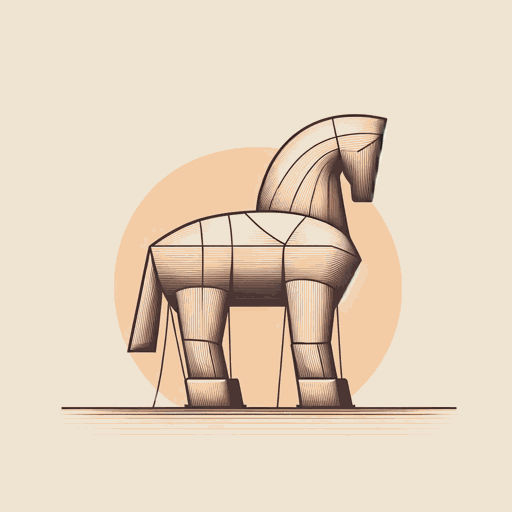
Trojan Women
Euripides
Featured Collections
9th-12th Grade Historical Fiction
View Collection
Ancient Greece
View Collection
Books on Justice & Injustice
View Collection
European History
View Collection
Fate
View Collection
Hate & Anger
View Collection
Mythology
View Collection
Revenge
View Collection
School Book List Titles
View Collection
Sexual Harassment & Violence
View Collection
Tragic Plays
View Collection
War
View Collection
